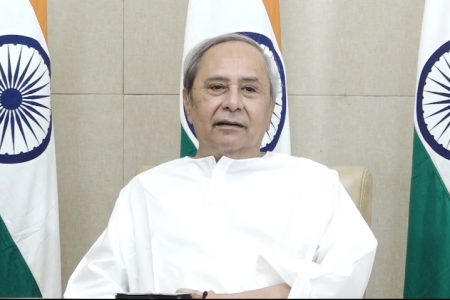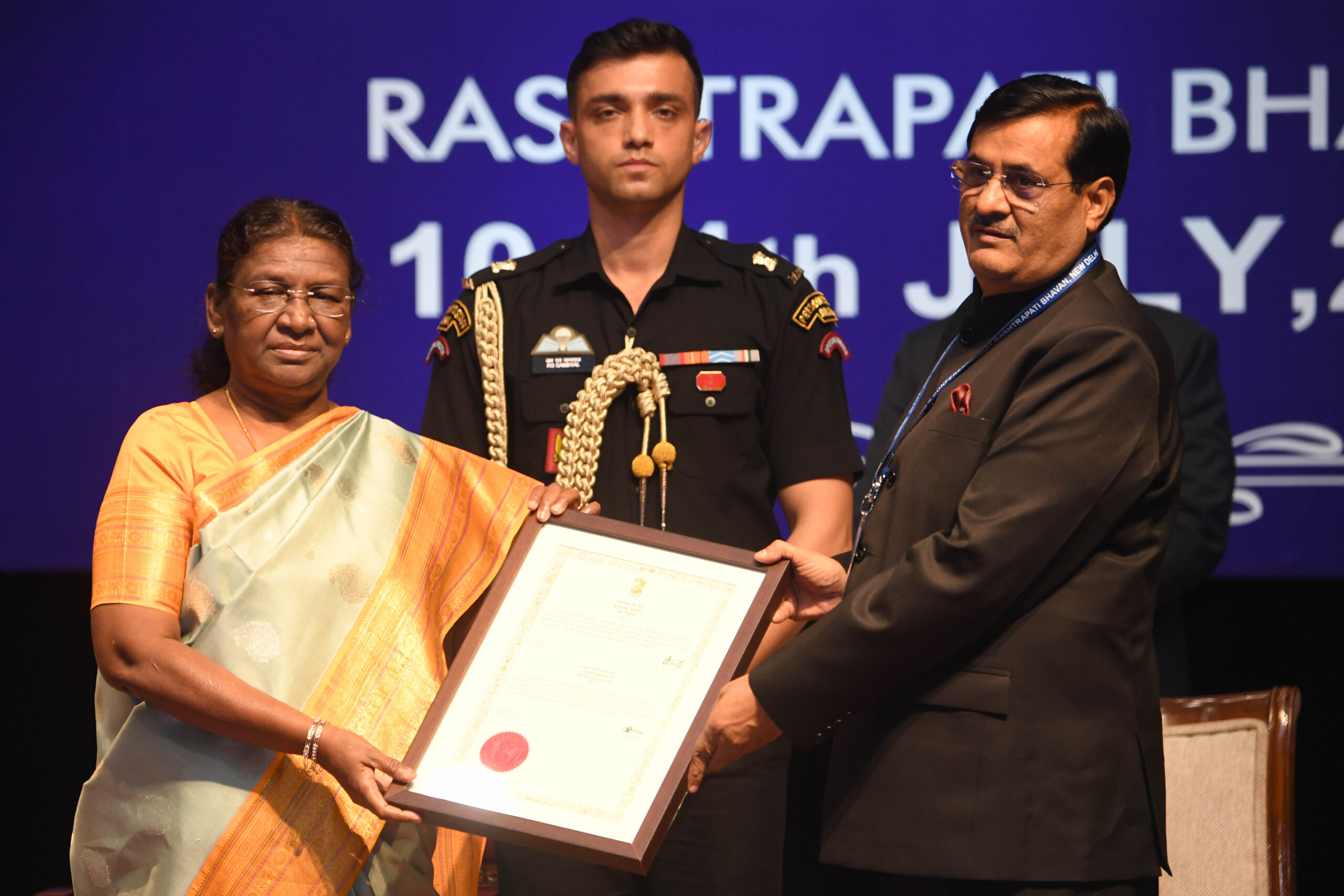Chief Minister Naveen Patnaik has approved the “Odisha Rural-Urban Transition Policy,” a visionary policy under 5T Governance aimed at bridging the rural-urban divide by providing essential urban infrastructure, amenities, and services to all citizens living in rapidly expanding rural areas adjacent to cities.
According to an official press release, this is a first-of-its-kind strategy that aims to implement a number of proactive and pragmatic steps to address the difficulties of unplanned and unregulated urbanization.
The current approach of notifying a rural area as an urban area causes abrupt changes in the political and administrative setup, affecting inhabitants’ socioeconomic conditions because there is no window period for them to accept the unexpected transition. It also lacks a collaborative and inclusive approach, which often leads to resistance and breeds litigation.
Currently, 19% of Odisha’s population lives in urban areas, with that figure predicted to rise to 21% by 2031. The expansion of census towns or peri-urban areas accounts for almost 40% of the state’s urbanization. Even after being designated as urban districts, these peri-urban and rurban communities have faced the difficulty of inadequate access to social infrastructure, municipal amenities, and services. Following extensive conversations with experts and practitioners, it has been determined that the fundamental cause of this problem is the lack of a clear policy and strong institutions to control unplanned urbanization.
As a substantial departure from the previous approach, the Rural-Urban Transition Policy intends to provide urban civic facilities and services to residents of identified rural regions long before the places are formally designated as urban areas. The policy allows for the formation of a specific budget for the implementation of infrastructure projects and the delivery of services, while actively including elected representatives, officials, and all other stakeholders in the transition process’s planning, execution, and monitoring.
According to the policy, rural regions will be declared urban after an intense identification process, with effect from the moment the current elected representatives’ terms expire. During the interim time, the notified rural region will be taken up for infrastructure and services to provide all urban services on par with the adjacent urban areas.
During the transition phase, ward delimitation and other administrative steps will be implemented so that the area can begin functioning as a full-fledged urban area with all necessary urban infrastructure and services on the effective date.
This policy calls for the formation of steering and implementation committees comprised of key officials from the State Government, including the Chief Secretary, as well as specialists from diverse fields such as urban planning, finance, engineering, management, information technology, and so on. This would enable government scheme convergence and inter-departmental collaboration for a smooth and seamless transformation of peri-urban and rurban areas into full-fledged urban areas.
The policy offers a “hub and spoke” arrangement with the State Urban Development Agency and District Urban Development Agencies, Development Authorities at the city level serving as the Hub and Spokes respectively.
The policy will transform the urban landscapes like never before while effectively balancing the needs of both growth and sustainability.
Source:OCN








 Finance
Finance







